Kitchen Tools: When to Save, When to Splurge
We put nine to the test to find out which pricey items pull their weight and which ones should stay on the shelf.
By Lynn Andriani
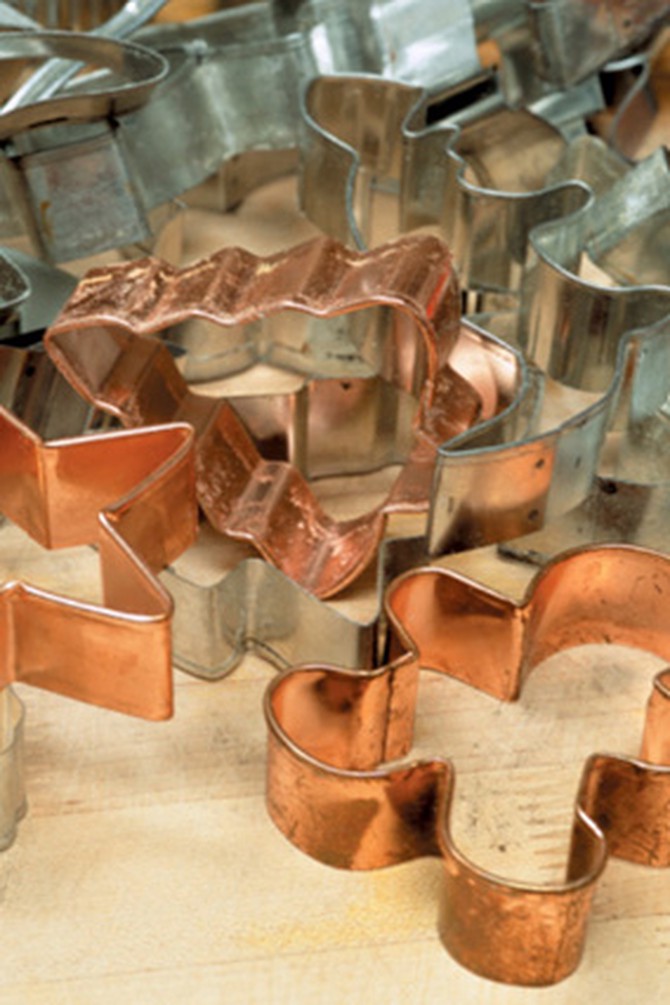
Photo: Thinkstock
Cookie Cutters
Plastic ones may seem more practical (and safer, if you're baking with children). But copper or tin shapes are sharper and more effective, especially if you're making a large quantity. Plastic cutters can also warp if stored improperly (e.g., in a cabinet above the stove, where they're susceptible to high heat). For very large cookies where even slightly distorted shapes will be obvious, splurge on copper; it's sturdy and won't bend.
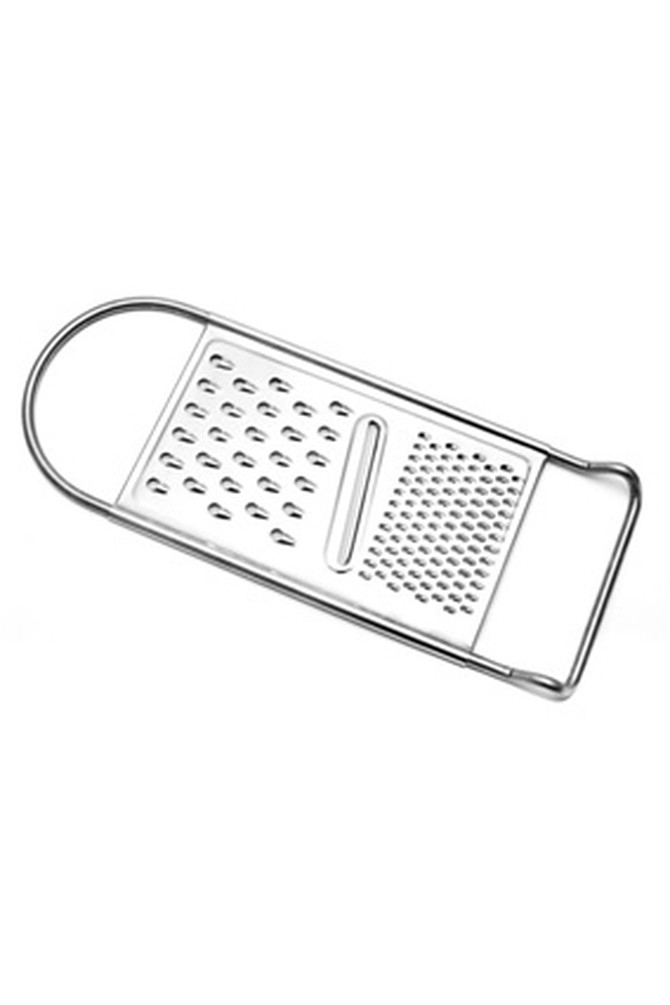
Photo: Thinkstock
Graters
There are graters and then there are graters. For most jobs, the cheap version—think $1.99 at the hardware store—will work just fine. That includes grating the Monterey Jack you'd sprinkle over your scrambled eggs, or the harder Pecorino you'd use for a carbonara sauce. More complex jobs—like chocolate ribbons—are better served by this one from Microplane.
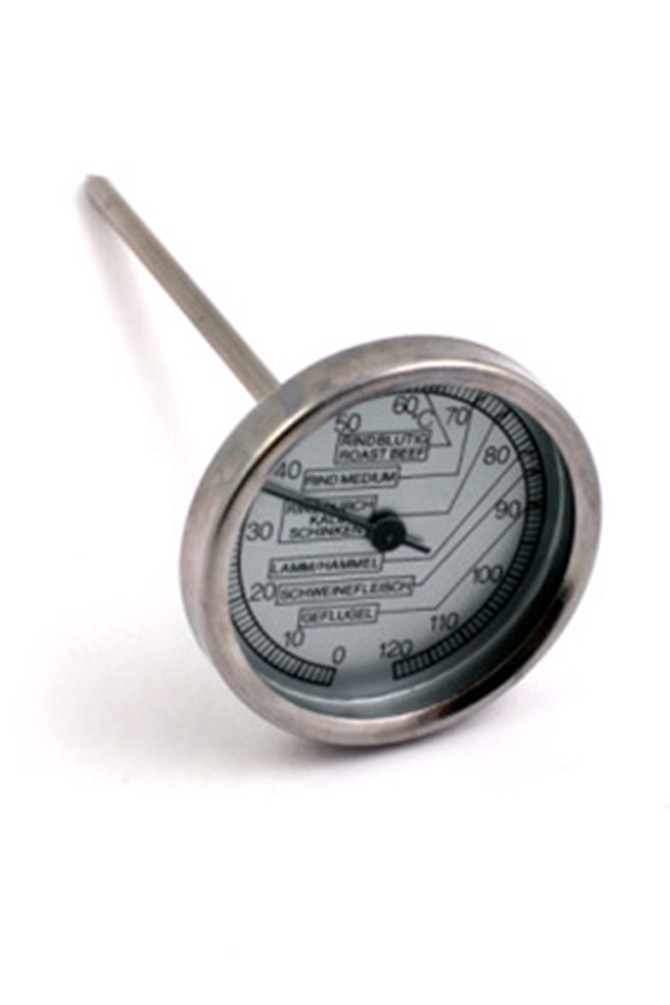
Photo: Thinkstock
Instant-Read Thermometers
This is an important tool for cooks of all levels of experience to have: No one wants to overcook a beautiful piece of steak. There are differences between the $6 version and the $96 model—silicone materials, bright colors, the ability to fold up—but the most significant difference really comes down to about 57 seconds: The pricey one will give you a readout in three seconds, while it can take up to a minute for the temperature to register on a cheaper model. If you're okay with that, save your $90 for some really nice rib eyes. (And calibrate your thermometer periodically.)
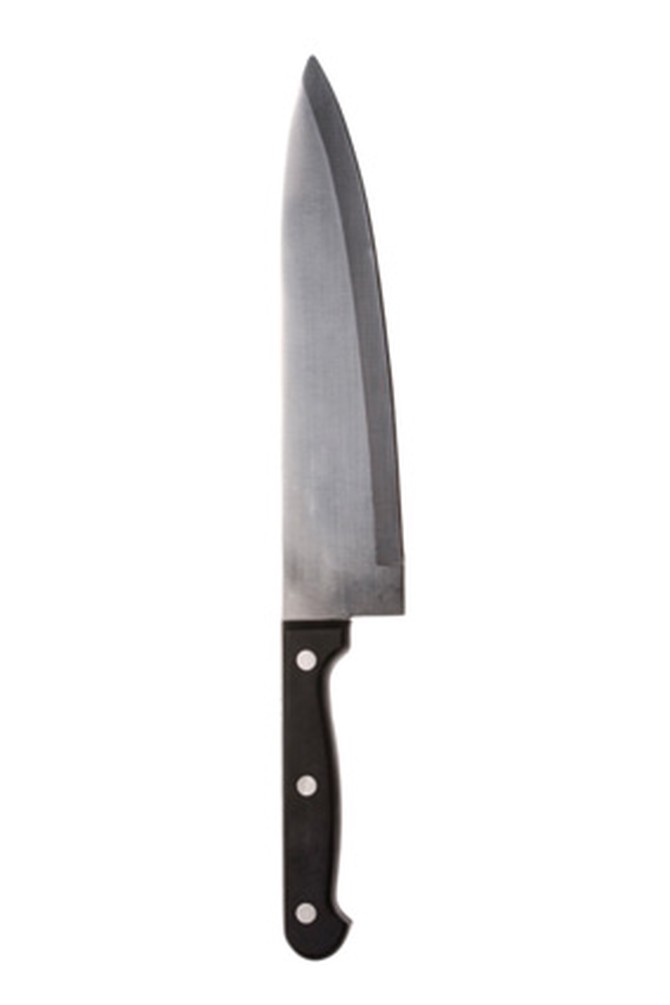
Photo: Thinkstock
Knives
Cooking instructor Peter Hertzmann, author of Knife Skills Illustrated, says people tend to equate cost with quality when it comes to knives, but a $30 chef's knife can give you the same end result as a $400 version. Forged knives (which are molded by pounding heated metal into shape and treating it) are preferable to knives that are stamped out of a sheet. The most important thing, though, is how it feels in your hand; it should be heavy (but not overwhelmingly so) and should feel balanced (i.e., the blade shouldn't feel weightier than the handle, and vice versa). While experts disagree on which knives are absolutely necessary, they all concur on a chef's knife and a paring knife. Hertzmann says you can get by without a bread knife if you keep your chef's knife sharp, which leads to his last point: Taking care of any knife—cleaning, storage, and protection and sharpening of the edge—will make the biggest impact on how it will perform. Regardless of what the knife costs, don't put it in the dishwasher; most soaps are too corrosive.
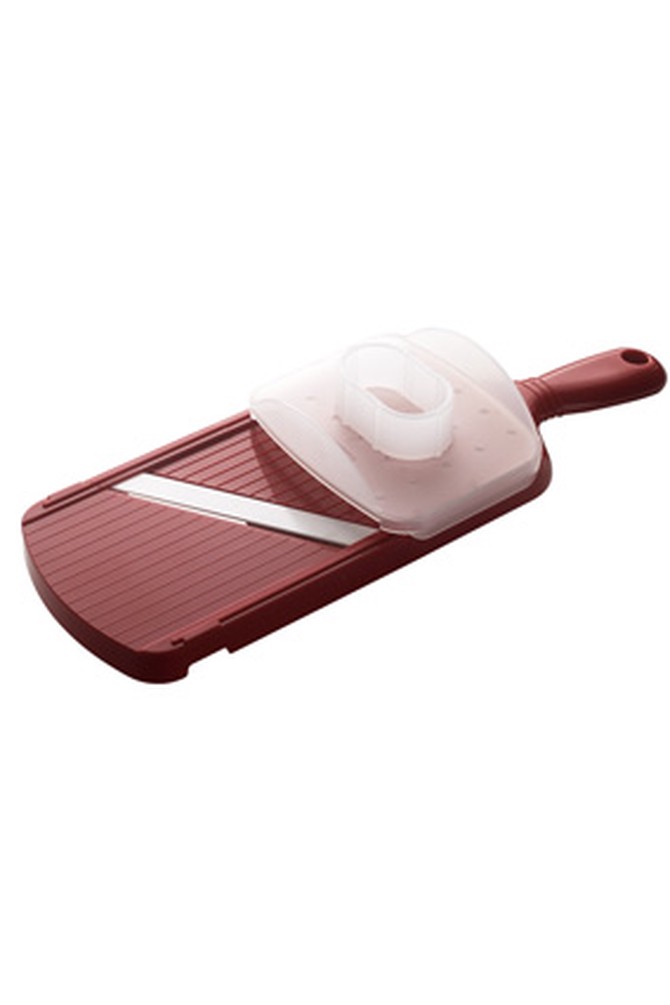
Photo: Kyocera Advanced Ceramics
Mandoline Slicers
How badly do you want those perfectly julienned potatoes? Because once you get over the fear of losing a finger, you still have to figure out how to assemble the thing, with its myriad blades and settings. That's why Salvatore Rizzo, the owner/director of De Gustibus Cooking School in New York, which hosts chefs such as Mario Batali, Jean-Georges Vongerichten and Masaharu Morimoto, is in favor of the low-tech (and low-priced) Japanese mandoline, which costs about $25 (versus $125 or more for the French version). It's quick, easy, clean and cheap.
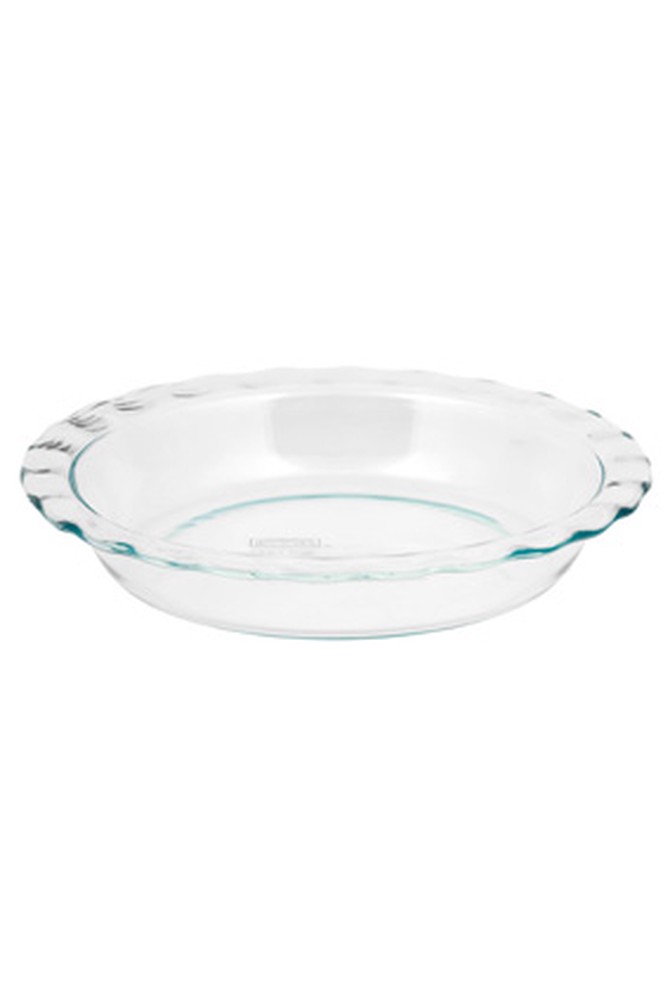
Photo: Pyrex
Pie Plates
There's a reason Pyrex—the tempered glass that can withstand temperatures up to at least 500 degrees—has been around for more than 90 years. It conducts heat evenly for consistent results, and its clear surface means you can make sure your crust isn't burning on the bottom. It's hard to beat the $5 price tag too, especially when colored ceramic dishes with fluted edges, though lovely to look at, can cost about seven times that. The other alternative, a 99-cent flimsy aluminum pie pan, won't cook evenly.

Photo: All-Clad
Pots and Pans
Along with knives, high-quality cookware is an investment. (Most cheap pots just don't last, and they also tend to burn food because they're thin.) All-Clad, in particular, is worth the money, says Rizzo. Its pots are made of a thick aluminum core "clad" in stainless steel, which makes the pots nonreactive, meaning food keeps its own taste (extremely acidic or alkaline foods can take on a metallic taste if you use lower-quality pots). The aluminum core also provides even heating and control in cooking. The pans do a wonderful job of searing proteins and, if they're not nonstick, are dishwasher safe.

Photo: Thinkstock
Tongs
These sturdy, often underappreciated grabbers can cost $35 or $3.50. While some cooks, like Rizzo, like ones with rubber tips to get a good grip on food, a basic model will work fine. Just make sure the edges curve in slightly; flat tips won't hold on tightly to the slippery chicken or peppers you're grilling or sautéing. Other necessary features: a nice, tight spring and a lock (a must for storage).

Photo: Kuhn Rikon
Vegetable Peelers
While other inexpensive peelers aren't sharp enough to peel a carrot, or have unsteady blades that fall out after a few uses, Kuhn Rikon's affordable peelers hold up. Hard-to-wash bells and whistles (like serrations and interchangeable blades) adorn pricier tools, but Kuhn's models are plain and simple. There's no dragging with their razor-like blades, and the only downside is that they will rust in the dishwasher, so hand wash and dry them.
Keep Reading
12 ways to eat well on a budget
Published 10/13/2011

